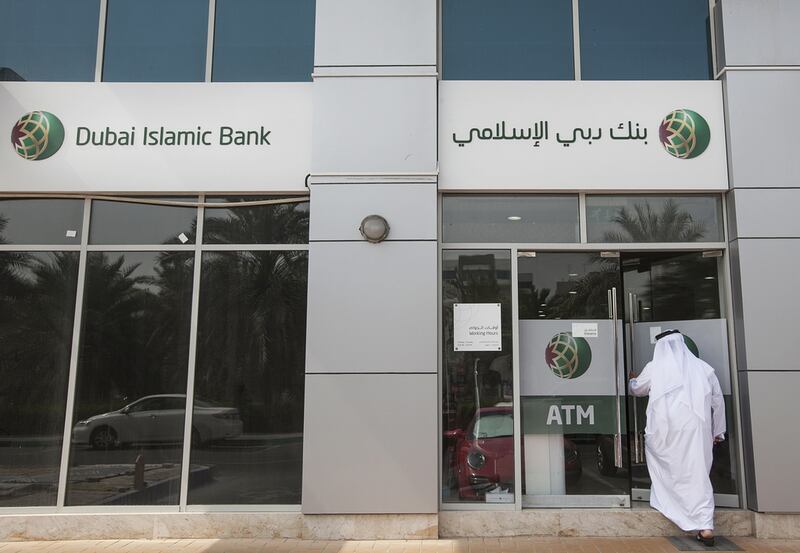The GCC region is one the fastest growth engines in global debt capital markets.
The region recovered resoundingly from the 2008 financial crisis and debt volumes last year were at an all-time high of US$71 billion. Momentum has continued into this year as the market witnessed its second best two-month opening after 2012, with volumes of $8.7bn.
The region also attracts diverse foreign interests and lately, Asian investors have stepped up their game considerably.
Both Dubai Islamic Bank and Investment Corporation of Dubai issued their benchmark $1bn deals during the first two months of this year with strong Asian investor participation.
The strengthening demand for GCC issuers follows many years of investor work in Asia.
Asian investors are also expanding beyond their traditional investor sectors of agencies and sovereign issuers.
Some data points to more than $9bn of US dollar paper from the GCC was placed with Asian investors in 2016, almost twice that of 2015. Year to date, various sources indicate almost three times the demand compared with same-period averages.
Another gauge of Asian interest is the quantum of local Asian currency issuances by GCC issuers.
Korean won paper has dominated the space in recent years, with 43 per cent share (or $1.3bn equivalent) of such Asian local currency paper since 2015. The offshore renminbi market is also key with $796 million equivalent. The space grew by more than 25 per cent year on year 2016. Year to date, it is seven times that of the same-period volumes last year.
Abundance of liquidity, coupled with record-low interest rates from the developed markets, have had an effect in pushing Asian investors more into the emerging markets, and particularly into the GCC market. The region’s issuers also present a sweet spot for yields, with more than 80 per cent of issuance since 2015 from investment grade issuers.
One factor driving the change is increasing familiarity. Asian investors have become better attuned with GCC credit and their institutional knowledge has grown considerably.
Through years of investor work, knowledge has been gained on understanding the macroeconomics and credit fundamentals. Investors have actively attended deal roadshows in major Asian centres such as Hong Kong and Singapore, besides traditional locations such as London and Dubai.
Another driver is portfolio diversification towards GCC from their Asian home base. This is incentivised by better value proposition of GCC paper relative to Asia.
The trend began in late 2014, when yields on GCC became attractive for new issue investors compared to similarly rated paper out of Asia. Moreover, new issuers coming to the bond market have the ability to further diversify their investments.
The momentum is set to continue strongly for the rest of the year. The region is strategic and is surrounded by the most dynamic developing economies, amid an emerging market driven supercycle. The embrace of green technology in region, for instance, can pave the way for stronger pipeline in green finance in the future.
It is clear the GCC will continue to attract more foreigner investors, and increasingly from Asia, as the investment links become stronger.
Henrik Raber is the global head of capital markets at Standard Chartered Bank
business@thenational.ae
Follow The National's Business section on Twitter






